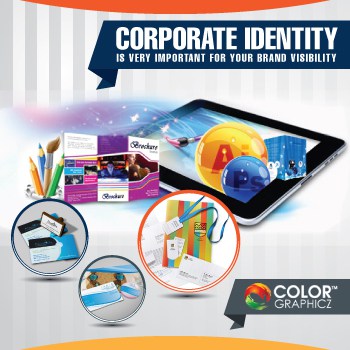Here some more color concepts for you….
There’s also the illusion how dark colors surrounding light ones will make the lighter area appear smaller than it is if it were the opposite (dark surrounded by light). It’s why you should always bump up the text size if you insist on using white text against a black background.
DO explore the color psychology:
While perceptions of color are rather subjective, and have different meanings in various cultures, some colors affect us in a similar way. The human eye sees warm colors before cool hues. Cool colors appear to recede, while warm colors appear to advance, however the degree of saturation can make a difference.
• RED: With its aggressive, stimulating and sexy nature, assertive attention and provoking action, the red is impossible to ignore.
• PINK: Depending on its saturation or value, pink evokes varied mood swings. Magenta and fuchsia are perceived as sensual and theatrical. But water-down the red in lighter pinks and the raw sensuality of red is replaced with gentle romanticism.
• ORANGE: Inheriting some of the drama of red, orange is tempered by the friendly humor of yellow. It’s the color that stimulates the appetite and radiates with warmth and vitality.
• YELLOW: Yellow and black is the most unignorable color combination in nature – tigers, stinging bees – it’s the color that says: you’d better pay attention to me.
• BROWN: Rustic, durable, wholesome and deliciously rich is just some of the traits of the color that’s often associated with earth and home, substance and stability.
• BLUE: Ever noticed how many corporations and financial institutions use blue in their brands? That’s because blue is seen as dependable and committed. It is also the color we often associate with calm and serenity. Darken the blue and you’ll add an instant authority, credibility and power to it.
• GREEN: Because of its association with nature and foliage, green in design can be used almost like a neutral color: greens never clash with red or pink roses, yellow sunflowers, lilacs or bluebells.
• PURPLE: It’s perhaps the most enigmatic and complex color, with the range of meanings – from royal to elegant to spiritual to mysterious. Purple is often favored by very creative and eccentric people who are not afraid of appearing daring.
• WHITE: Not surprisingly white communicates purity, sense of clarity and simplicity. White is also perceived by the human eye as a bright color, that’s why it works so well in contrast with all other colors.
• BLACK: People see black as the most dramatic, heavy, powerful, classic color with an up-scale look. Because of its extreme contrast to white, black and white is the quintessential combination of depth and clarity, power and innocence.
alphabetDON’T be afraid to experiment with color combinations. Sometimes even the forbidden combinations work. DO examine other sites and designs to determine which color schemes are more appealing than others. In one of the upcoming weeks, I’ll be featuring sites that were designed with the excellent knowledge and sense of color.
DON’T forget about the readability when combining color with type. It’s true that we mainly deal with the black type on white paper/page background, and that a black text on a light background is the easiest to read. However, it doesn’t mean that color and type don’t mix. When used well, color can add an emphasis to your message. Pay attention to the relative values and saturation of colors when a background color interacts with colored type. The contrast between type and background diminishes when their values move closer to each other, and the type becomes less legible. The contrast between the type color and the background color must be considerable to ensure that the type remains visible.

Recent Comments